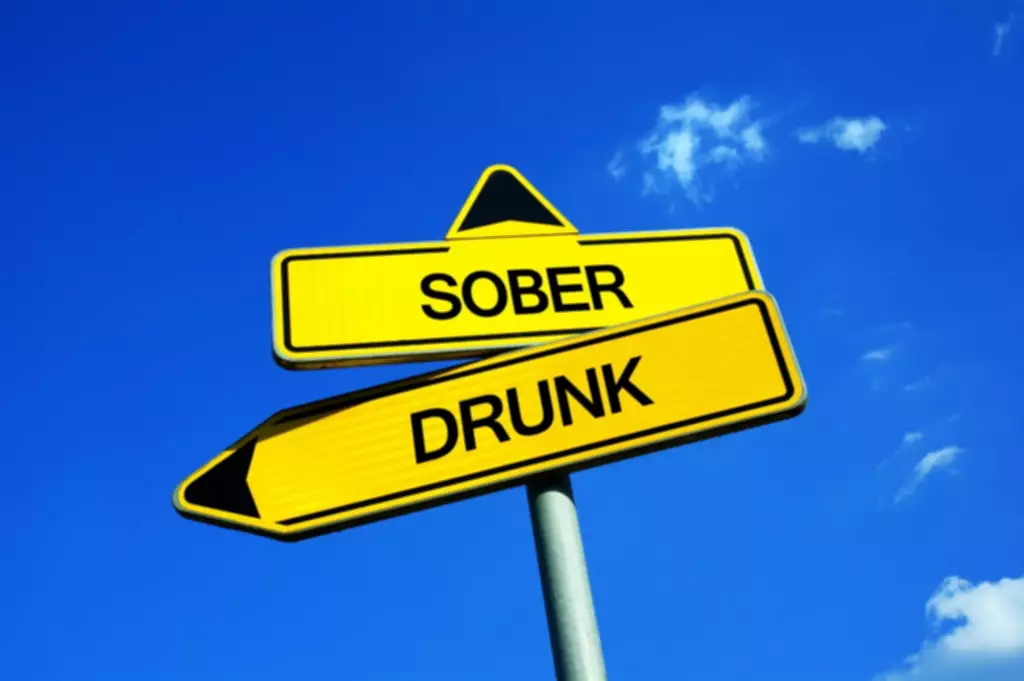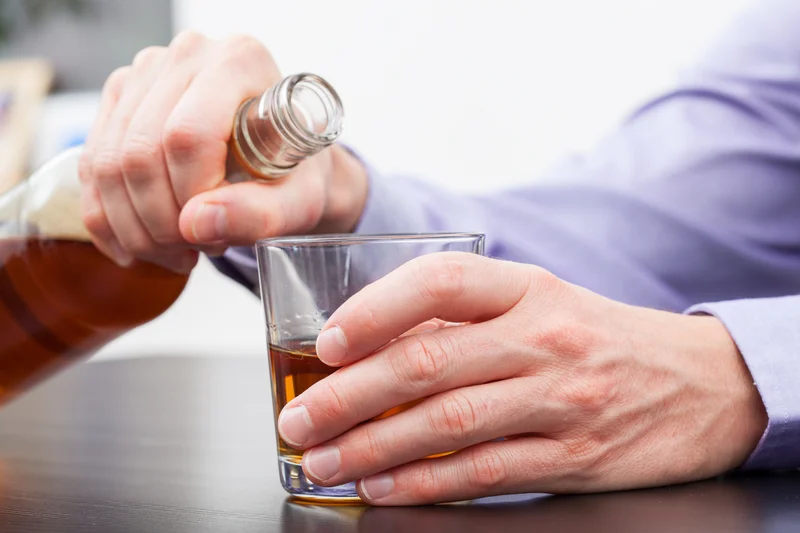
The condition causes the person to develop a bulbous nose which can appear swollen and lumpy. The best way to combat the physical symptoms of alcoholism is to address the underlying addiction before it becomes too late. Contacting an alcohol use disorder treatment center can help offer advice on where to begin with recovery and how to get help immediately.

Header – For Patients – Part 3
- Additionally, the sebaceous (oil) glands in the nasal skin enlarge, leading to an oily or greasy complexion.
- So, although some people experience some degree of flush or redness, it does not necessarily mean that all those people struggle with rhinophyma.
- We spoke to Dr. Bart Kachniarz from Belcerna Plastic Surgery in Miami about skin-related side effects of alcohol abuse and how they can be treated, if at all.
- The prognosis of rhinophyma is variable, and patients should be aware of the pathophysiology of the condition and its link to the underlying rosacea.
- The research highlighted the increased risk of rosacea with increasing alcohol consumption.
- However, the cartilage in the nose is not very flexible, so it can only grow so much.
Pamela was successfully treated first with Ultherapy and a debulking procedure, along with a CO2 resurfacing with laser surgery. Depending on the severity of a person’s addiction, this can require professional intervention and help in the form of drug and alcohol rehab. Please note, however, that medications will not make rhinophyma go away once it is already present, but can reduce its appearance and prevent infections. Treatment for alcoholic nose usually involves visits to both dermatologists and plastic surgeons, who then may work together in treating your rhinophyma. This is because alcohol is what is known as a vasodilator, which means it causes blood vessels to expand and blood to flow to the surface of the skin.
- Because of this, people who drink a lot or increase their alcohol intake over time and also have rosacea may experience increased side effects — including alcoholic nose.
- Alcohol dilates blood vessels, leading to enlarged visible capillaries known as spider veins.
- It falls under the category of rosacea, a skin disorder that leads to inflammation and redness.
- Prominent blood vessels may also surface, exacerbating the redness and contributing to a swollen appearance.
- Our program offers the highest quality care for women struggling with addiction and co-occurring conditions in Southern California.
- If caught in the early stages, however, symptoms can often be managed with medication and lifestyle changes.
What Is Rosacea and How Is It Related to Alcoholic Red Nose?
You may want to begin with a visit to your doctor, as they may prescribe medication and lifestyle tips to help you manage the condition. Yes, alcohol dehydrates the skin, accelerates aging, and can exacerbate conditions like rosacea. The longer tissue overgrowth remains on the skin, the more likely it is to become permanent.
Alcohol and Other Triggers for Rosacea of the Nose
In some cases, the association of rhinophyma with alcoholism can make people embarrassed to seek treatment for their skin condition for fear of being labeled as an alcoholic. While alcohol consumption can contribute to rosacea flare-ups, it does not necessarily mean every person with rosacea will automatically develop rhinophyma. Rhinophyma is an extreme side effect of rosacea and won’t happen to everyone. Just like every medical diagnosis has a variety of side effects, not everyone with a medical condition will experience the same side effects. However, those who already have rhinophyma may find the condition aggravated or made worse by some alcohol consumption. You should be very cautious in assuming that anyone with an enlarged nose or redder nose has an alcohol use disorder.
Mayo Clinic explains that this skin condition may also make blood vessels visible in the face. Rhinophyma exacerbated by heavy drinking can cause the cartilage cells to swell, resulting in a bulbous or “flared” appearance. So while drinking alcohol may not make your nose physically bigger, it can play a role in altering its appearance. Rhinophyma can affect anyone but is more common in Caucasian males between the ages of 50 and 70. These might also be the type of people you are seeing with purple drug addiction treatment or red noses who are drinking in a bar.
Many of the participants of the study who suffered from alcoholic nose didn’t even drink, thus officially putting an end to the connection. Alcoholic facial symptoms include redness, broken capillaries, puffiness, and a flushed appearance, particularly around the nose and cheeks. While there are no treatments that can completely reverse rhinophyma, medications and surgery can lessen the condition if caught in time. The longer rhinophyma goes without treatment, the more likely the condition will become permanent.

By understanding what exacerbates your condition, you can take proactive steps to avoid these triggers and manage your symptoms more effectively. Using gentle, non-irritating skincare products can help manage rosacea symptoms and prevent flare-ups. A consistent skincare routine tailored to your skin type and condition can provide long-term benefits. Addiction treatment is available for those who are struggling with alcohol abuse or addiction. Specially trained staff are available right now to discuss treatment options for you or your loved one. We can help find a detox or treatment program that will help get the services needed on the road to recovery.
It slowly forms over years and is thought to result from inadequately treated or non-treated rosacea. Here are some of the side effects that rhinophyma may bring not just to your skin, but to your entire system. At The Recovery Village Palmer Lake, we understand that health challenges often interconnect in complex ways. Our comprehensive approach addresses multiple aspects of health and wellness, ensuring that people receive appropriate care for all their concerns. People with these early symptoms should seek evaluation from a dermatologist who can provide appropriate diagnosis and treatment recommendations.
- These symptoms are indicative of the condition and can be visually observed without the need for laboratory tests.
- Despite its name having drinkers’ nose does not mean you are an alcoholic.
- Alcoholic facial symptoms include redness, broken capillaries, puffiness, and a flushed appearance, particularly around the nose and cheeks.
- The condition is understood and treated as a condition that is totally separate from alcohol use disorder.
In addition, booze nose pictures we offer detox services as part of our addiction recovery program. This is a great tool for those looking to stop drinking because of alcoholic nose. A medically supervised detox allows them to fully quit drinking in a safe, encouraging environment.

Environmental Triggers
If you or someone you love suffer from alcoholism, contact one of our helpful alcohol treatment specialists today. We can provide information on rehab and detox programs that fit your needs. The National Institutes of Health also reports that alcohol-dependent people are likelier to suffer from nasal obstruction and a diminished sense of smell or taste. It is characterized by redness, swelling, and bumpiness around the nose due to broken blood vessels. Alcoholism can lead to more severe cases where the bulbous tip of the nose may appear purple and become disfigured due to increased blood vessel ruptures. Transcend Recovery Community family of sober living homes provides a safe place for those undergoing mental health and addiction treatment to live with like-minded peers.
